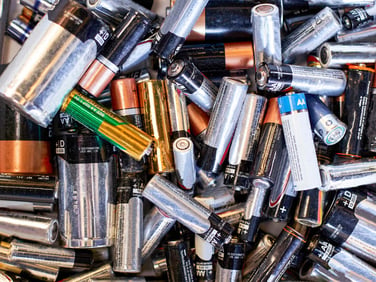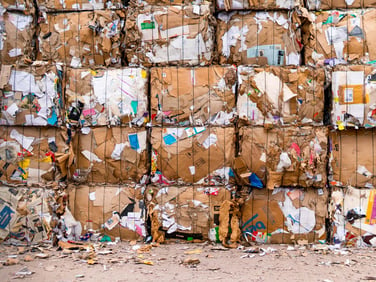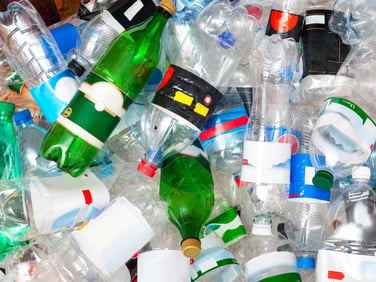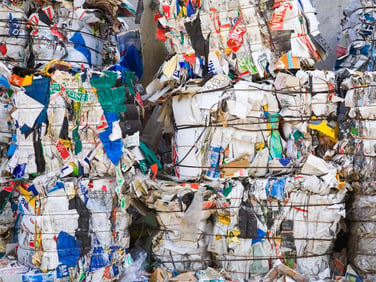
E-WASTE RECYCLING
Your business' technology needs are always evolving. As you upgrade technology and electronics it's also important to responsibly dispose of or recycle e-waste.

DID YOU KNOW?
-
The U.S. produces the second largest amount of e-waste in the world at 7.9 million tons (2019)
-
Only 17.4% of e-waste was collected and recycled
- E-waste will double over the next 16 years

Tips for E-Waste Recycling
-
Go To The Experts: Use a third-party electronics recycler, like Roadrunner, who has proper expertise in the e-waste recycling and data protection process.
-
Give Back To Your Communities: For gently used but no longer needed devices, setting up a donation program helps reduce your amount of e-waste.

WORKING WITH ROADRUNNER
-
TRUE Advisors: Our TRUE Zero Waste Advisors will conduct a waste audit and set up the most efficient recycling program for each location across your business.
-
Rightsized Services: Our custom programs ensure you have the right receptacles, right schedules and right operations. Our signage and training/educational materials ensure your valuable recyclables always end up in the right place and avoid contamination.
-
Data-driven Insights: Our proprietary technology can provide you with location-specific data and reports on how much of each material you're recycling, identify potentially poor performing locations and provided strategies to help course correct to better recycling.
SPEAK TO OUR WASTE + RECYCLING EXPERTS
Let's get the conversation started on how to drive recycling and cost savings for your business.






